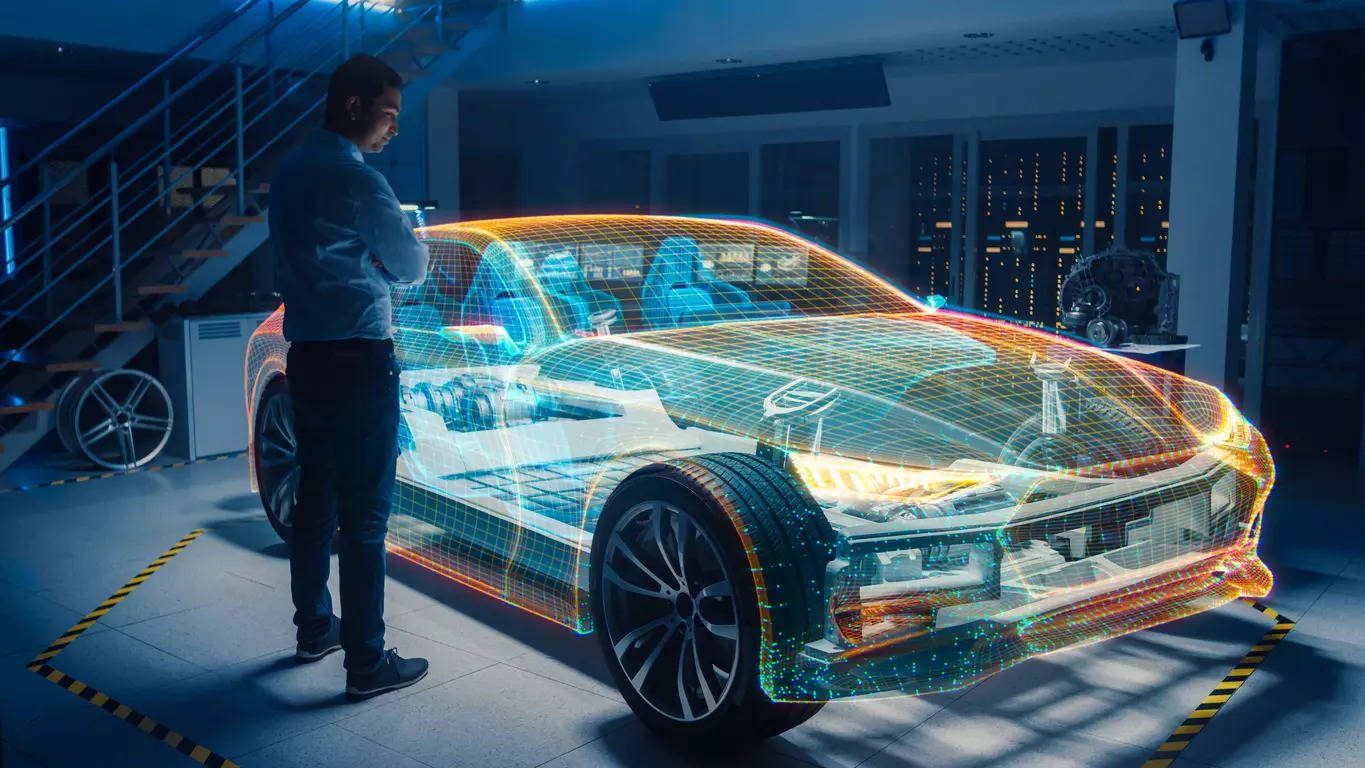
New Delhi: Transportation serves as the backbone of our daily lives, shaping how we move, interact, and impacts the world around us. Our commutes by any form of transport define our access to opportunities and experiences.However, the reliance on fossil fuel-powered vehicles in the long run might take a toll on the environment. It is imperative that we address these challenges and demands with innovative approaches that extend beyond traditional vehicle design. We must rethink transportation systems holistically, considering infrastructure, policy, and consumer behaviour alongside technological advancements.By prioritizing sustainable modes of transportation, and integrating smart technologies along with urban planning strategies, we can mitigate environmental impact while enhancing mobility and accessibility. Collaboration among stakeholders, from government agencies to community advocates, is essential to driving systemic change and fostering equitable, resilient transportation solutions. In doing so, we can create a future where transportation not only connects us but also sustains our communities and planet.
Role of design thinking
Design thinking is a dynamic methodology used by teams to understand user needs, challenge assumptions, redefine problems, and create innovative solutions through prototyping and testing. It fosters innovation and is particularly effective for addressing ambiguous issues and consists of five phases: Empathize, Define, Ideate, Prototype, and Test.
During Empathize, teams seek to understand user perspectives, while Define involves refining problem statements. Ideate encourages creative solution generation, and Prototype translates concepts into tangible forms. Finally, Test evaluates prototypes based on user feedback, facilitating iterative improvement.
Applied to transportation, it involves understanding the diverse needs and experiences of users, envisioning new possibilities, and prototyping solutions that address underlying challenges. By embracing design thinking principles, stakeholders can move beyond incremental improvements and reimagine transportation systems that are inclusive, efficient, and sustainable.
Embracing system design
Transportation goes beyond mere vehicle movement; it’s a complex interplay of infrastructure, regulations, policies, and social dynamics. In system design, the focus extends beyond individual components to optimize the entire transportation ecosystem. A holistic perspective identifies key leverage points for intervention, anticipates ripple effects, and fosters synergies to enhance overall system performance.
Designers, through this comprehensive approach, can create interventions that not only enhance mobility but also promote sustainability, accessibility, and social consciousness. Considering the interconnectedness of various components within the transportation system, designers craft strategies that meet immediate needs and contribute to the long-term well-being of communities and the environment. This holistic view enables transportation solutions to be effective, efficient, and sustainable in the face of evolving challenges.
Integrating new technology
Technological advancements, such as autonomous vehicles, electrification, and mobility-as-a-service, are poised to revolutionize transportation. The successful integration of these innovations depends on a thoughtful examination of human factors, regulatory frameworks, and societal impacts. Designers need to collaborate across disciplines to proactively address challenges related to safety, equity, privacy, and accessibility. It’s crucial to ensure that these technologies align with broader goals of sustainability and social welfare.
A resilient transportation system goes beyond traditional modes like cars and public transit. Designers are exploring innovative alternatives such as micro-mobility, ride-sharing, and active transportation. By embracing a multimodal approach, cities can alleviate congestion, enhance air quality, and improve the overall quality of life for residents. Design thinking plays a pivotal role in identifying synergies between different modes, creating seamless and user-friendly experiences that encourage people to shift towards more sustainable and efficient transportation options.
Community engagement
Successful transportation initiatives require active participation and buy-in from the communities they serve. Designers must engage stakeholders early and often, soliciting feedback, co-creating solutions, and fostering a sense of ownership and pride. By empowering communities to shape their transportation futures, designers can ensure that interventions are contextually appropriate, culturally sensitive, and aligned with local values and aspirations.
Conclusion
The challenges facing transportation are multifaceted and dynamic, demanding solutions that are equally sophisticated and adaptable. By embracing design thinking and system design principles, designers can transcend conventional approaches and chart a course towards a more equitable, resilient, and sustainable transportation future.
Through collaboration, innovation, and a deep commitment to human-centered design, we can develop transportation systems that not only facilitate the movement of people and goods but also enhance lives, foster community cohesion, and significantly contribute to the creation of a sustainable future for our planet.
(Disclaimer: Ajay Jain is Head, India Studio & Global Design Strategy, Tata Motors. Views are personal.)
















